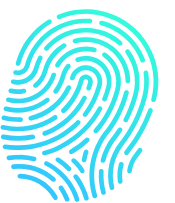Biometric modality: Signatures – what is it?

The use of handwritten signatures to authenticate paper documents has a long history but in more recent times the application of modern electronic biometric techniques has automated the process. This is performed in one of two ways:
Static or offline signature recognition: The graphic image of the handwritten signature (or set of exemplar signatures) of a person is recorded as a digitalised reference template. Subsequent signatures are submitted in the course of business (for example, cheques, contracts) and the characteristics of the signature (shape, size, edges, curves etc.) are compared by the algorithm with the reference signature(s).
Dynamic or online signature recognition: The physical actions involved in writing a signature are captured, usually on a screen sensitive device like a tablet, and recorded electronically. Consequently different characteristics are used rather than just those found in the image of the signature. This involves a three dimensional (X, Y & Z axes) evaluation of the time taken, rhythm and varying velocities of forming each letter and the overall signature, pen/stylus pressure and the direction of the strokes, including free strokes, for example crossing a ‘T’ or dotting an ‘I’.
Signatures key considerations | Signatures use cases | Other modalities


